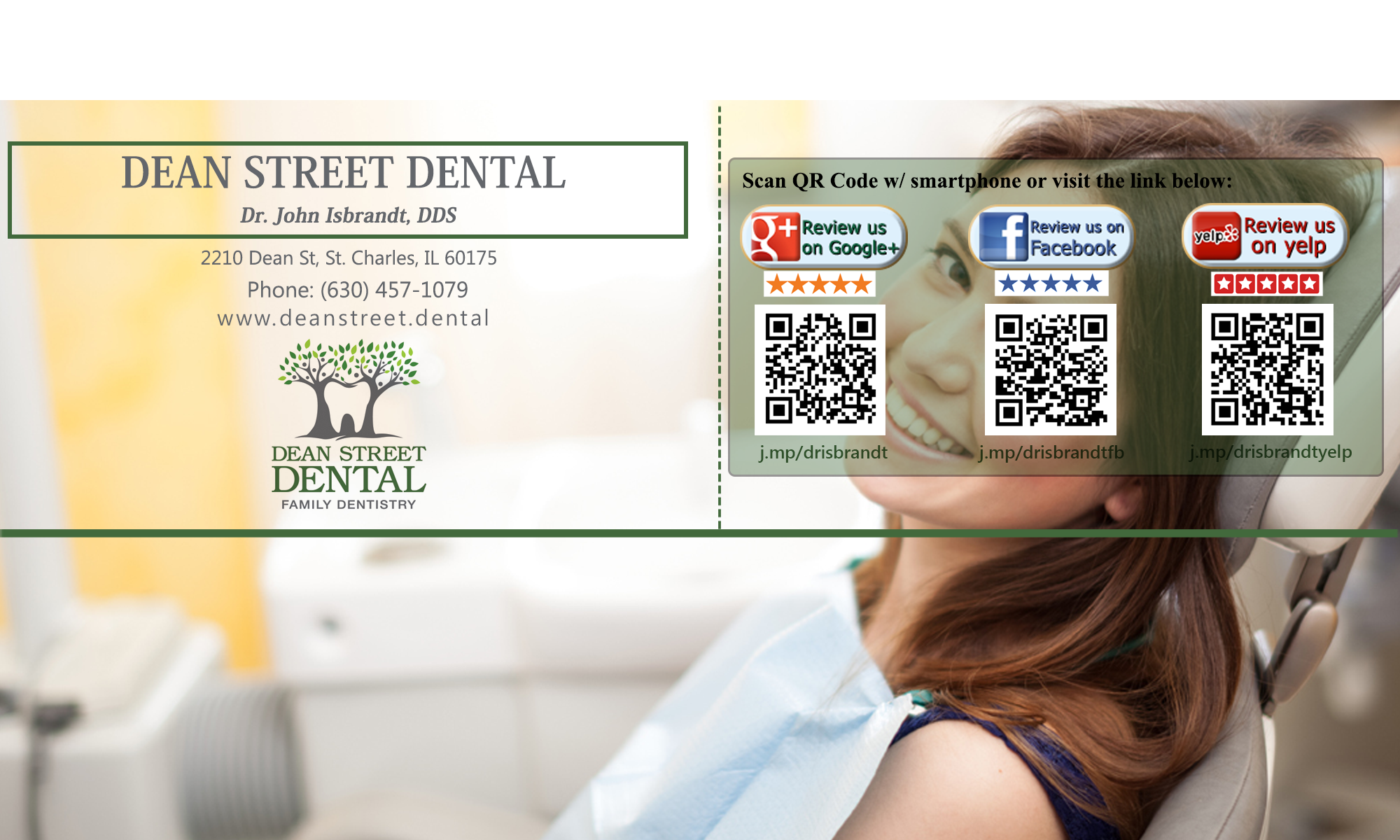As people are living longer and enjoying good health for many years, dentists are increasingly offering improved services to recognize the special needs of older adults.
This growing segment of the population is wearing fewer dentures and they are keeping their natural teeth longer. They are also concerned to maintain good health and a great smile for many years.
However, patients in this group sometimes require special consideration because reduced mobility and dexterity may make daily oral hygiene difficult.
And certain medical conditions and impairment may make them more anxious when visiting the dentist.
For example, problems with vision or hearing loss may cause worry. Always let the dentist and staff know if you have any concerns so that they can adjust their treatment and their pace to meet your needs.
Older patients can sometimes put up with problems such as toothaches, bleeding gums and clicking dentures because they are not aware of the wide range of treatments and techniques now available.
Dentists are increasingly sensitive to the special needs of and the importance of dental health in the older patient.
As many older patients are more health conscious than ever before, regular visits to the dentist ensure their oral health is an important part of their overall health.
